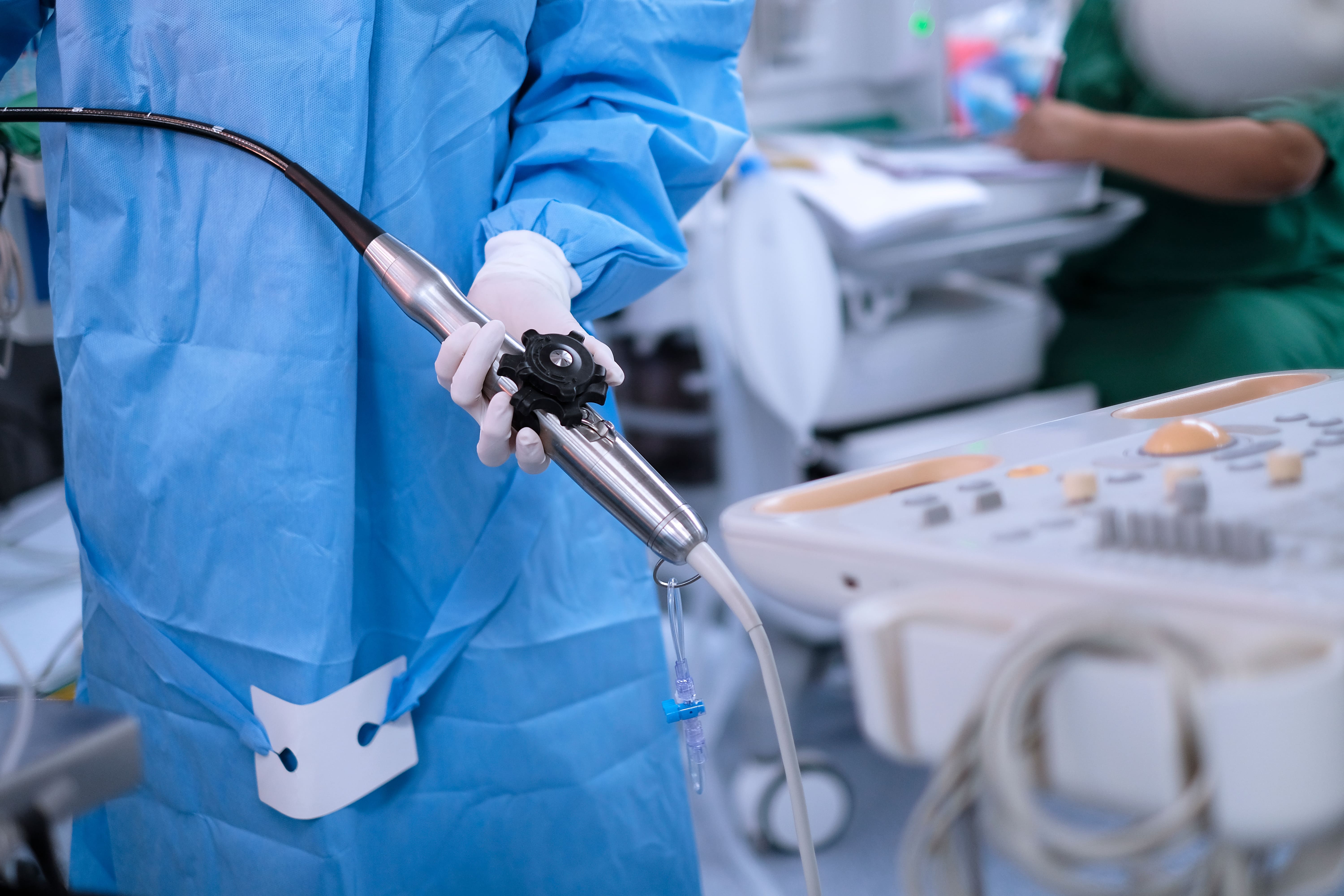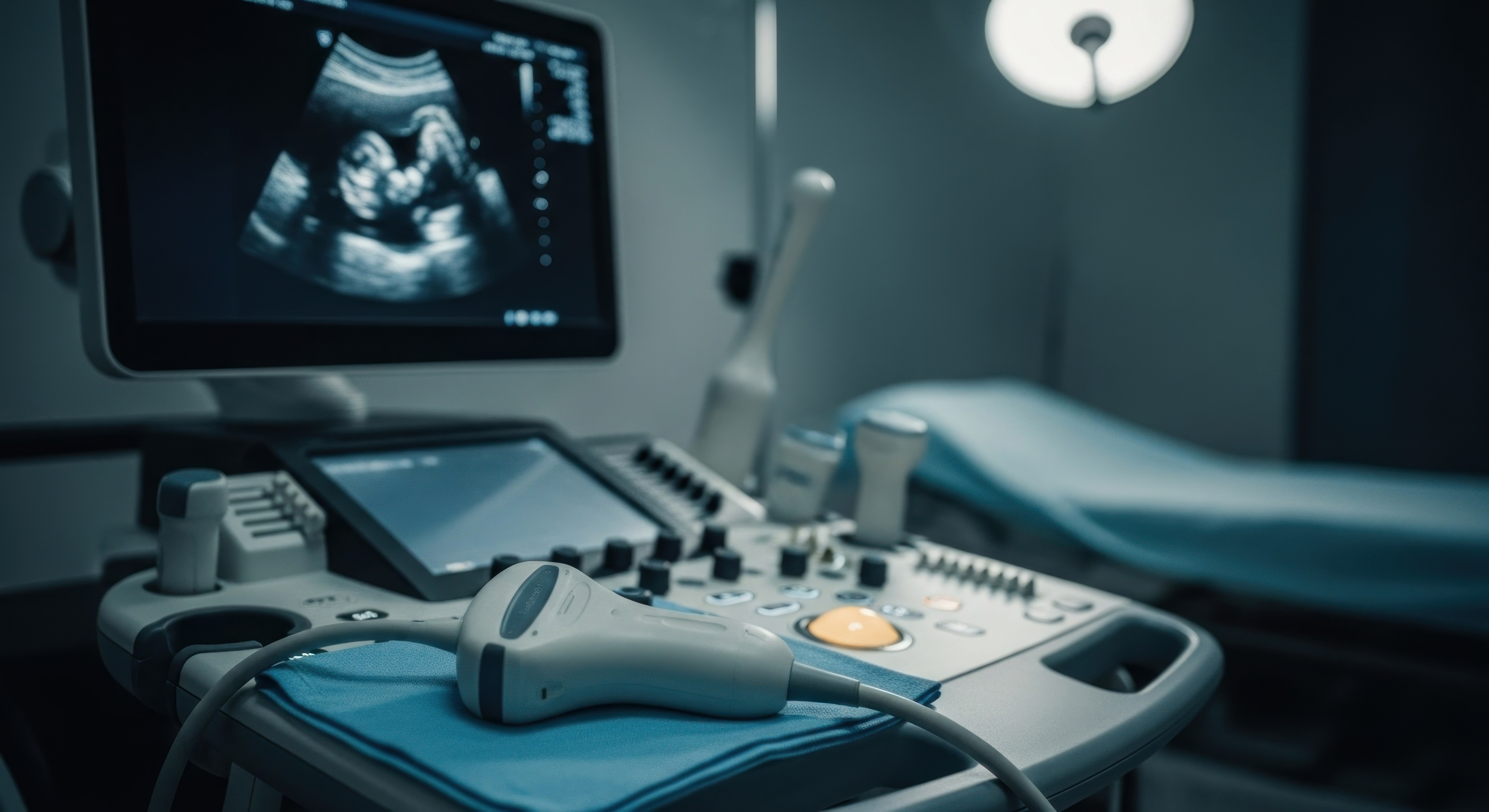Did you know that bacteria contaminates more than 90% of transvaginal ultrasound probes after use? {¹}
Scientists have also discovered that using alcohol wipes or sprays to disinfect ultrasound probes after use is not always effective.
With the risk of STDs after the use of ultrasound probes, it is imperative for healthcare providers to discover how to safely and efficiently disinfect ultrasound probes after use.
In this article, you will discover the risks associated with poorly disinfected probes and the research-proven disinfection method that offers a more effective solution compared to chemical disinfectants.
Understanding the Risk
STD transmission via ultrasound probes is rare but possible in some clinical contexts.
The risk of STD transmission is more common with endocavity probes such as trans-vaginal or trans-rectal probes that come in direct contact with mucous membranes.
Most pathogens that cause STDs reside in mucous membranes of internal tissues or organs where most probes contact these organisms. Therefore, it is essential for doctors and other healthcare providers to follow proper and adequate disinfection practices after each use.
Researchers at the Department of Cardiovascular Sciences, University of Leicester, UK conducted a study to determine the presence of human papillomavirus (HPV) DNA on the transvaginal probe in the emergency unit. A total of 120 surveillance samples were obtained, nine of which (7.5%) tested positive for HPV DNA.
After the procedure and disinfection of the probes, the researchers found that three out of the 14 probe samples (21%) were HPV-DNA positive.{²}
Also, the World Health Organisation states that HPV increases the risk of cancers such as cervical and vagina cancer.
Other forms of STDs transmitted via ultrasound probes include:
- Chlamydia
- Gonorrhea
- Syphilis
Potential Causes
Substandard cleaning and disinfection protocols can increase the risk of STD transmission via ultrasound probes. Many healthcare facilities use chemical disinfectants for disinfection, but some of these chemicals are ineffective and the process lacks proper and consistent disinfection guidelines, as different doctors perform the disinfection procedure differently.
Hence, chemically disinfected ultrasound probes may carry pathogens that transmit disease from one patient to another. Consequently, this can increase the odds of hospital-acquired infection in a high-risk healthcare setting.
However, UV-C disinfection process allows consistency, automation and less risk of human errors.
UV Disinfection: A Potential Solution
UV disinfection process can destroy the nucleic acids and cell walls of many forms of pathogens exposed to it. It can also eliminate the spores of microbes, unlike most chemical disinfectants. The antimicrobial properties of UV-C light become apparent between a wavelength of 200-280nm.{³}
The findings from a 2022 comparative study revealed that UV disinfection had a stronger sporicidal efficacy than other chemical disinfectants used in the study. The researchers noted that the sporocidal effects were noticed within 35 seconds of exposure. This study further demonstrates the antimicrobial efficacy and speed of UV disinfection.{⁴} The UV disinfection process is automated, traceable and consistent which prevents human errors and individual differences in disinfection procedures from doctors.
UV-C disinfection is invaluable in high-risk health care settings for disinfecting medical devices and contaminated surfaces against various pathogens, such as bacteria, viruses, fungi, and protozoa.
Using scientifically standardized methods and devices for UV-C disinfection of ultrasound transducers is a great step towards achieving high-level disinfection.
For instance, the UV Smart D45 is a medically certified UV-C disinfection device for high-level disinfection of ultrasound transducers that reaches consistent and automated disinfection in 45 seconds.{⁵}
Ultraviolet (UV) technology like UV-C radiation can safely and effectively disinfect ultrasound probes.Therefore, healthcare providers can benefit from learning and exploring the potential of UV-C disinfection practices.
Final Thoughts
STD transmission via the use of endocavity ultrasound probes such as trans-vaginal or trans-rectal probes is possible without following standard disinfection methods.
UV technology possesses potent germicidal activities against microbes.
The need to use medically certified UV-C disinfection methods is crucial. This ensures high-level disinfection of ultrasound probes and protects patients from contracting STDs due to poorly disinfected probes.
To find out more about the UV Smart D45, a medically certified UV-C disinfection device for high-level disinfection of ultrasound transducers, check out the following link: https://www.uvsmart.nl/d45
References
- Buescher, D. L., Möllers, M., Falkenberg, M. K., Amler, S., Kipp, F., Burdach, J., Klockenbusch, W., & Schmitz, R. (2016). Disinfection of transvaginal ultrasound probes in a clinical setting: comparative performance of automated and manual reprocessing methods. Ultrasound in obstetrics & gynecology : the official journal of the International Society of Ultrasound in Obstetrics and Gynecology, 47(5), 646–651. https://doi.org/10.1002/uog.15771
- Ma, S. T., Yeung, A. C., Chan, P. K., & Graham, C. A. (2013). Transvaginal ultrasound probe contamination by the human papillomavirus in the emergency department. Emergency medicine journal : EMJ, 30(6), 472–475. https://doi.org/10.1136/emermed-2012-201407
- https://www.smfm.org/publications/330-smfm-special-statement-reducing-the-risk-of-transmitting-infection-by-transvaginal-ultrasound-examination
- Lionel, P et al. (2022).Comparison of the sporicidal activity of a UV disinfection process with three FDA cleared sterilants
- https://www.sciencedirect.com/science/article/abs/pii/S0301562924001108








.jpg)
